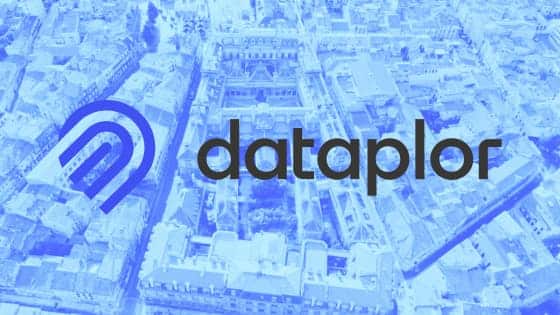This is the latest in LSA’s Video Vault series. Running semi-weekly, it examines selected conference talks and video clips, including embedded video and key takeaways. Speakers’ opinions are their own. Check out the entire series here.
Foursquare has performed a magic trick. It went from a consumer-facing web 2.0 darling to a behind-the-scenes data powerhouse. And though it’s mostly known in popular culture as that check-in app from 2009, it’s now found ample footing (read: revenue) in the B2B location-intelligence world.
Following our Foursquare deep dive in Part I of this series, Co-founder Dennis Crowley took the stage at TechCrunch Disrupt to announce a big update to its Pilgrim SDK (video below). As we examined in Part I, Pilgrim lets Foursquare’s partners location-enable their apps and become smarter in the process.
“One of the things that we’re most proud of in terms of our technology and data assets is this thing called Pilgrim,” said Crowley. “Pilgrim is this piece of technology that has taken us, gosh, almost like five or six years to build. It’s a couple of lines of code that you can put in an app, and then that app becomes aware of where it is. So we’ve packaged this up in something called the pilgrim SDK and we’ve been sharing it with a few select developers on the enterprise side… When that app goes into a retail shop, walks through a mall, or walks through a city, it can understand ‘I’m in a bakery, I’m in a Nike store, I’m in a coffee shop called Starbucks. Have I been here before? Is this place familiar to me?’ So we think this is one foundational building block of contextual aware services.”
The new news is that the Pilgrim SDK now has a free tier. Per Crowley’s comments above, it was previously available to large enterprise partners, but this opens it up to smaller developers. They now get most of the Pilgrim functionality but are capped at a certain amount of usage, as is common for SDKs.
“The thing that we’re here to announce today is that this piece of technology that we’ve worked so hard to build over so many years and we’ve kept very very close to us, we’re finally releasing it for everyone to use as a free tier. So today we’re releasing the pilgrim SDK available to all developers. People can jump in start to play with this, put it in their apps entirely free to use [including] unlimited geofences and free for up to a hundred thousand MAUs.”
The free tier should widen the funnel for Foursquare and tap into a long-tail. This means cultivating potential paying users as they grow, but also aggregating more location data sources. Overall, it aligns with Foursquare’s goal to be the “location layer,” and work towards a future where apps are location-smart.
“We’ve got so much technology and data over the last ten years or so, and we have this vision of the future of apps that change based upon where you take them [or] where they’ve been, where your phone has been… The thing I’m most excited about is to take this technology and give it to as many developers as possible and see what people end up doing with it, whether they’re making exercise or fitness apps, financial money tracking apps, health and wellness apps, [or] game developers. There are just so many things that you can do in order to build apps that change based upon where you use them.”
See the full interview below

Be the first to hear news about Local, events, and research. Click here to subscribe for updates from the LSA.




